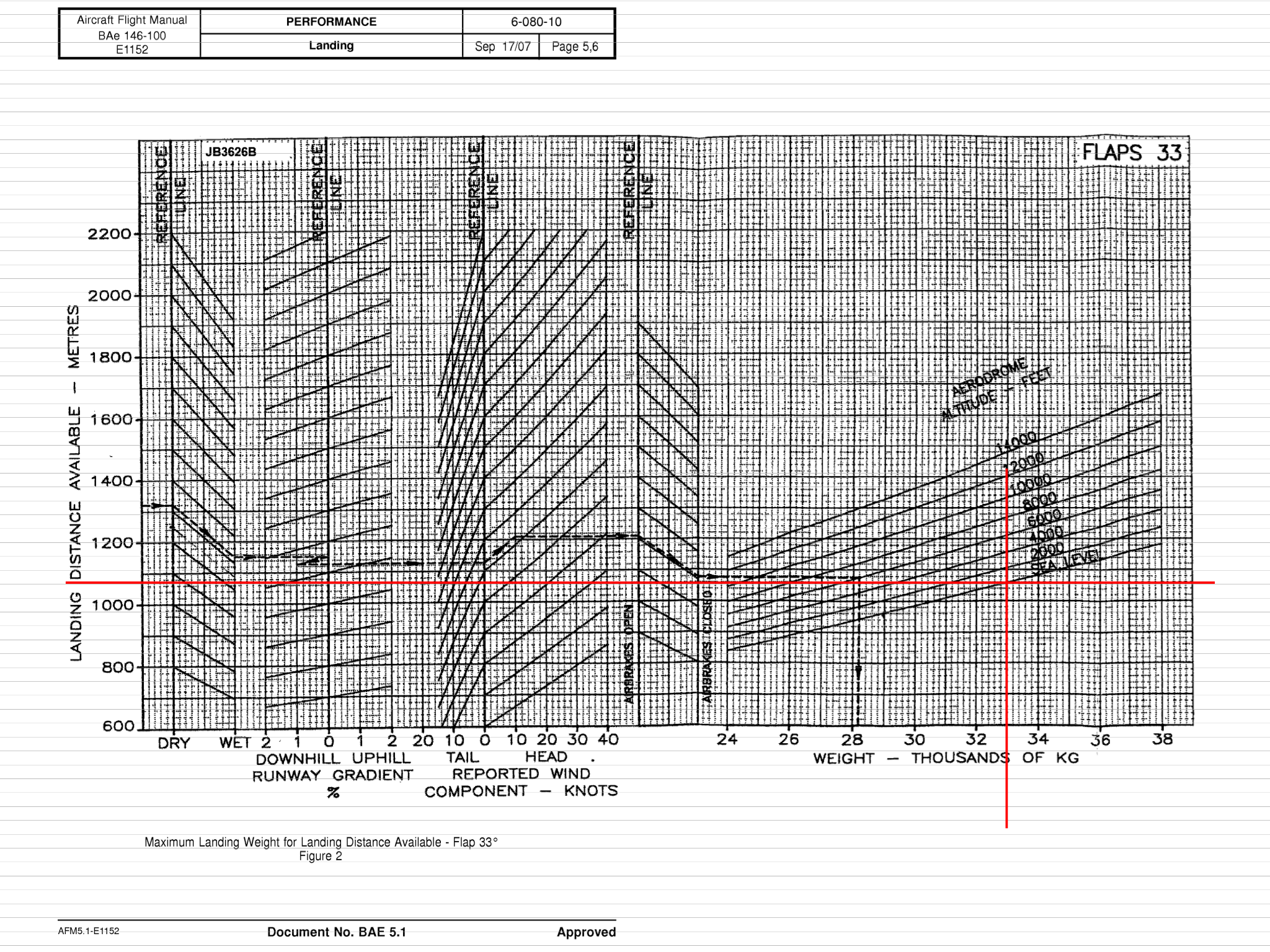I don’t think the numbers are cast in stone and the aircraft are absolutely exactly the same so they have the numbers with that fudge factor saying that 99.9% of the pilots & aircraft should be able to do x, y & z. But if chance lines up the worst aircraft with the worst pilot on their worst day and the worst condition for that particular aircraft of the thousand being used and you get ‘pilot error’.
Move any one thing from the worst column & the fudge factor will probably save the day. That is the kind of safety margins humans can live with and lawyers and corporations and…
Take a one off aircraft with only one ever pilot and what he can make it do or not do is the only numbers that mean anything. That is why there are a few pilots that generally can beat the numbers every time without ever trying or thinking about doing so.
IMO, when you get up the transport category aircraft they can’t spend the $$ for more testing with non top of the heap pilots to get the numbers for more accurate information.
If their was a way to track every flight and every operator of the controls to get exact numbers and also the times the pilots say they were trying for best smoothness, distance, fuel economy, what they perceived as the actual conditions, and on & on, well, that way lies madness and serves safety no better than what is being done now. Fudge factors. Easier to do with metal than with humans.
So, IMO, these differences are just cover their asses more than real world actuality. Show data the the bigger/smaller planes are consistently on average using that much more/less then the other aircraft on all flights with all pilots, and then you have as provable numbers. But as small as the differences are, it is just some random guess work and has not been proven wrong.
I don’t think there is a provable design/physical solution to the question because there is not a robot pilot with 100% accurate conditions to test to anywhere absolute accuracy in the data in the books. That is why there is the fudge factor.
So much cheaper to do the fudge than to spend the $$$$ when there is no provable increase in safety or gain in utilization or profit.
Over the years there were 3 different types of a aircraft of which one tail number I could easily make the airplane do things safely that the books said could not be done. Sometimes thinking and going outside the box can save your ass & the aircraft but if you give up mentally at the end of the list of things to do or think the lines of the box are absolute, you and passengers and/or people on the ground probably will die or at least you have bent a perfectly good aircraft.
The fact that the OP goes into a landing situation as he describes tells me he is way above average and knows that he will not even be close to the going over the book numbers. But he wonders why the numbers are that way. The reasons the are in the mirror, not the aircraft.
Go reread ‘Fate is the hunter’ and E G gives a perfect example of engineers vs reality. Engineers say should and Pilots live and die with does/does not.

